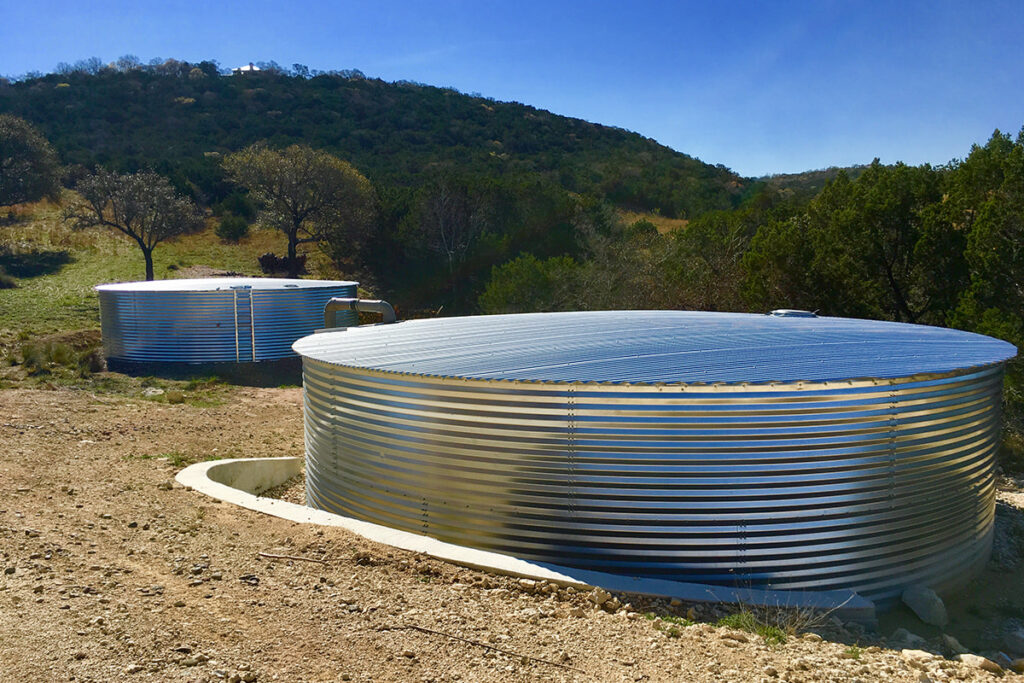
As urbanization and tourism grow in India’s hill stations, the demand for efficient water storage solutions becomes increasingly important. These areas often face unique challenges due to their cold climates, which can affect the performance of conventional water storage systems. This guide aims to provide insights into selecting and maintaining water storage tanks suitable for cold climates, specifically in Indian hill stations.
Understanding the Challenges
Cold climates bring specific challenges to water storage, including freezing temperatures that can lead to ice formation in tanks, reduced water availability during harsh winters, and the potential for tanks to crack or suffer structural damage. These issues necessitate careful planning and selection of appropriate materials and designs to ensure functionality and longevity.
Types of Water Storage Tanks
1. Material Considerations
When selecting a water storage tank for cold climates, the material is crucial. Common options include:
Plastic Tanks: Made from high-density polyethylene (HDPE) or polyvinyl chloride (PVC), these tanks are lightweight, resistant to corrosion, and generally insulated against cold. However, they can become brittle in extreme cold.
Concrete Tanks: Durable and strong, concrete tanks are excellent for long-term use. They can retain heat better than plastic, but they require insulation to prevent freezing.
Steel Tanks: While robust, steel tanks can corrode if not treated properly. They require insulation to maintain water temperature in freezing conditions.
2. Design Features
When considering the design of water storage tanks, it is essential to focus on:
Insulation: Insulated tanks help maintain water temperatures, preventing freezing. Insulation can be applied to the exterior or incorporated into the tank design.
Heated Systems: In some cases, installing a heating element or heated water circulation system can prevent water from freezing, particularly in areas that experience extreme temperatures.
Buried Tanks: Burying tanks below the frost line can help protect them from freezing temperatures. This design, while more costly, provides a natural insulating effect from the earth.
Sizing and Capacity
Selecting the right size for a water storage tank is vital. Factors to consider include:
Water Demand: Assess the daily water consumption needs for the household or establishment. Hill stations often cater to tourists, which may require additional capacity during peak seasons.
Rainwater Harvesting: Many hill stations benefit from seasonal rainfall. Incorporating rainwater harvesting systems can supplement water storage, especially during dry spells.
Emergency Supply: In cold climates, having a reserve supply of water for emergencies, such as broken pipelines due to frost, is essential.
Installation and Maintenance
Installation
Proper installation is critical to the longevity and functionality of water storage tanks. Key considerations include:
Location: Choose a site that is easily accessible for maintenance but away from direct sunlight to reduce heat and prevent algae growth.
Elevation: Installing tanks at a higher elevation can help utilize gravity for water distribution, reducing energy costs associated with pumping.
Regular Maintenance
Maintaining water storage tanks is crucial, especially in cold climates. Regular inspections should focus on:
Checking for Cracks: In cold weather, even minor cracks can worsen and lead to leaks.
Cleaning: Tanks should be cleaned periodically to prevent sediment buildup and contamination.
Winterization: Before the onset of winter, ensure that tanks are prepared for the cold. This may involve insulating exposed pipes, draining tanks if necessary, and ensuring that all valves and fittings are in good condition.
Conclusion
Water storage tanks play a vital role in managing water resources in cold climates, particularly in India’s picturesque hill stations. By selecting the right materials, employing thoughtful design, and maintaining the tanks effectively, residents and businesses can ensure a reliable water supply year-round. As these regions continue to develop, prioritizing efficient and sustainable water storage solutions will be essential to support both local communities and the influx of visitors.


